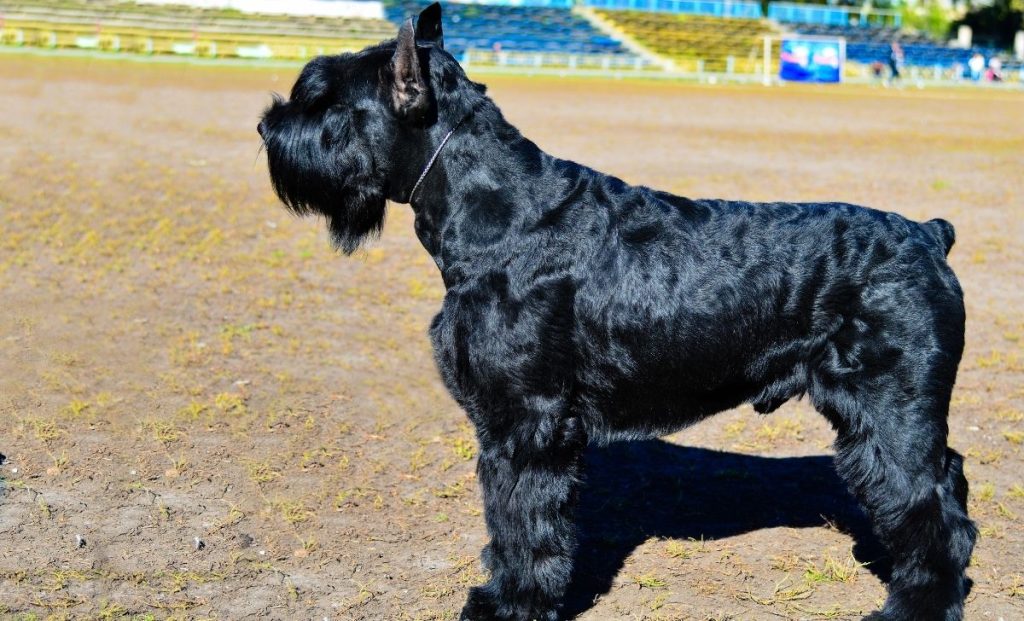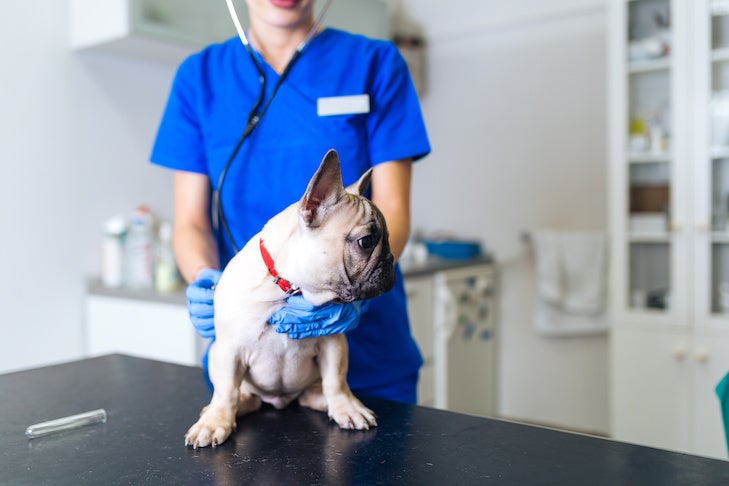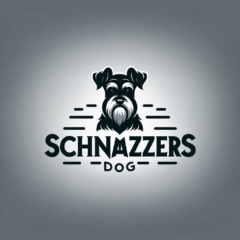Schnauzers, with their charming personalities and distinctive wiry coats, hold a special place in the hearts of many dog lovers. However, like all breeds, they are not immune to health concerns, and skin cancer is a serious one that owners should be aware of. This comprehensive guide will delve into the world of skin cancer in Schnauzers, exploring its causes, types, symptoms, diagnosis, treatment options, and preventive measures.
Skin Cancer in Schnauzers: A Comprehensive Guide for Owners

Schnauzers, with their charming personalities and playful demeanors, bring immense joy to their owners. However, like all dogs, they are susceptible to various health concerns, including skin cancer. This guide delves into the different types of skin cancer commonly affecting Schnauzers, their causes, signs, and the available treatment options. By understanding these aspects, you can become a more informed owner and advocate for your furry friend’s well-being.
Unveiling the Culprits: Common Skin Cancers in Schnauzers

While there are several types of skin cancer that can affect dogs, three main ones are prevalent in Schnauzers:
-
Mast Cell Tumors: These are the most frequent skin cancers in Schnauzers, particularly Miniature Schnauzers. They arise from mast cells, which are immune system cells responsible for inflammatory responses.
-
Melanoma: This type of cancer originates from pigment-producing cells (melanocytes) in the skin. While less common than mast cell tumors, melanomas are more likely to be malignant and spread aggressively.
-
Squamous Cell Carcinoma (SCC): The least frequent but most aggressive skin cancer in Schnauzers, SCC develops from the outer layer of the skin (squamous cells). It can spread rapidly to other parts of the body if left undetected.
Unveiling the Why: Causes and Risk Factors

The exact causes of skin cancer in Schnauzers remain unknown. However, several factors can increase their susceptibility:
Breed Predisposition: Schnauzers, especially Miniatures, have a higher inherent risk for developing mast cell tumors.
Age: As with most cancers, the risk increases with age. The average diagnosis age for mast cell tumors is eight years, while melanoma and SCC often appear in dogs over nine years old.
Gender: Female Schnauzers may have a slightly higher risk for mast cell tumors compared to males.
Genetics: While the specific genes involved are still being identified, genetics likely play a role in the development of all three types of skin cancer.
Sun Exposure: This is a primary cause of SCC in Schnauzers with lighter coats and less fur on their noses and ears. These areas are more susceptible to sun damage.
Immune System Compromise: Dogs with compromised immune systems due to pre-existing conditions or medications are more vulnerable to SCC.
Recognizing the Signs: Early Detection is Key

Early detection is crucial for successful treatment in all types of cancer. Here are some key signs of skin cancer in Schnauzers to watch out for:
- Lumps or Masses: Any unusual bump or lump on your Schnauzer’s skin warrants a veterinary examination.
- Changes in Appearance: Pay attention to changes in size, shape, or color of existing skin lesions.
- Ulcers: Sores that do not heal within two weeks require immediate veterinary attention.
- Bleeding or Discharge: Bleeding or oozing from bumps or lesions can be a sign of cancer.
- Skin Irritation: Redness, swelling, itching, or pain around a lump might indicate skin cancer.
- Behavioral Changes: Lethargy, loss of appetite, and weight loss can be signs of advanced cancer.
Building a Defense: Preventive Strategies
Although some risk factors are uncontrollable, several preventive measures can reduce your Schnauzer’s chances of developing skin cancer:
- Limit Sun Exposure: Keep light-colored Schnauzers with less facial hair indoors during peak sun hours (10 am to 4 pm).
- Sun Protection: For unavoidable sun exposure, use pet-safe sunscreen on susceptible areas like the nose, ears, and belly.
- Regular Skin Checks: Conduct monthly skin checks to detect any abnormalities early.
- Healthy Diet: Provide a balanced diet rich in nutrients to support your Schnauzer’s immune system.
- Limit Toxin Exposure: Avoid harsh chemicals and pesticides around your Schnauzer.
Navigating the Path: Diagnosis and Treatment Options

If you suspect your Schnauzer has skin cancer, consult a veterinarian for a proper diagnosis and treatment plan. Here’s what to expect:
Diagnostic Tools:
- Fine Needle Aspirate (FNA): A needle extracts cells from the lump for microscopic examination.
- Biopsy: Removal of a tissue sample from the affected area for further testing.
- Imaging Tests: X-rays, ultrasounds, or CT scans may determine the cancer’s extent.
Treatment Options:
- Surgery: Often the preferred option for removing the tumor and preventing its spread.
- Chemotherapy: Used alone or combined with other therapies to shrink the tumor or prevent recurrence.
- Radiation Therapy: Employs high-energy rays to shrink tumors and kill cancer cells.
